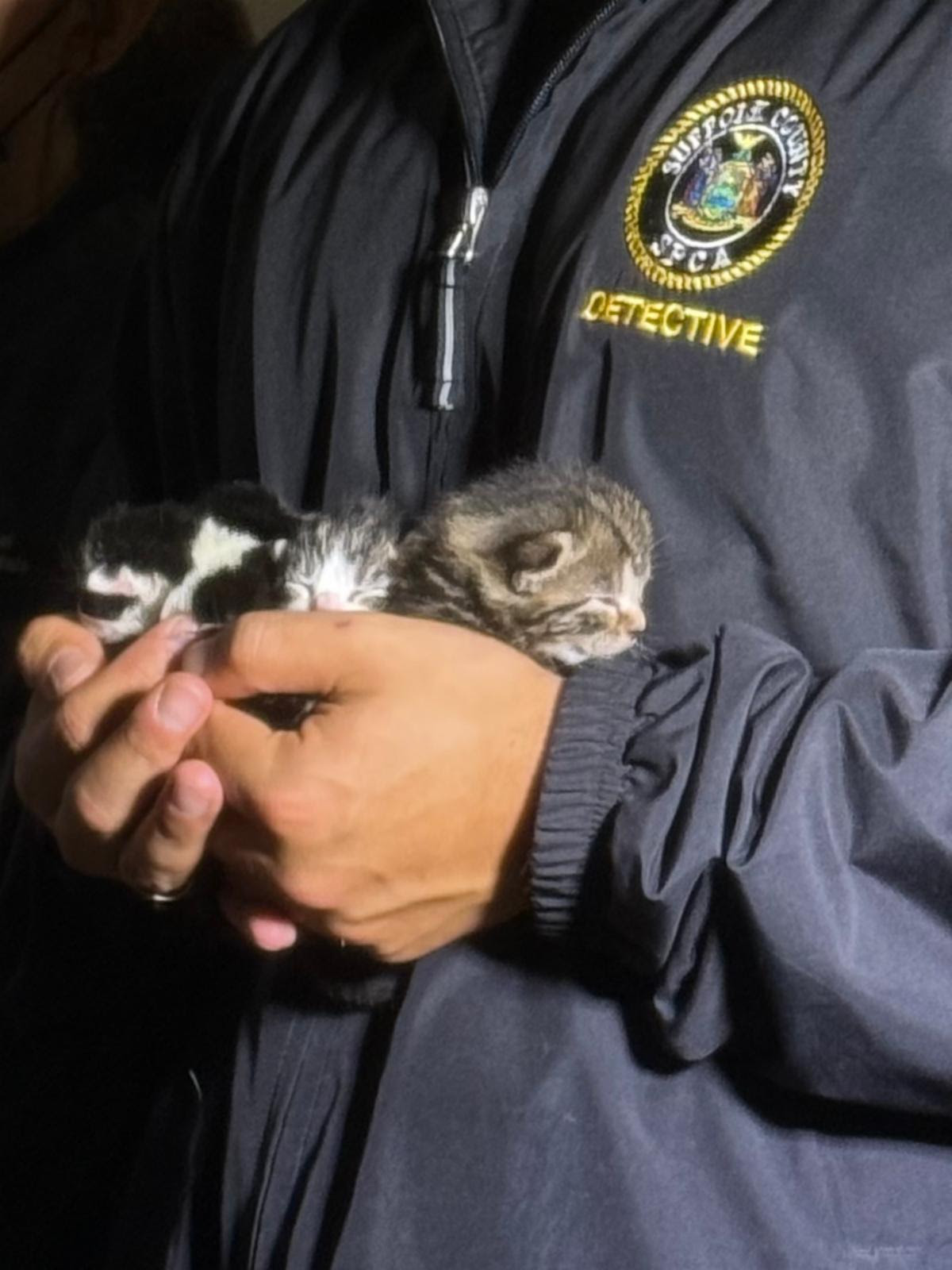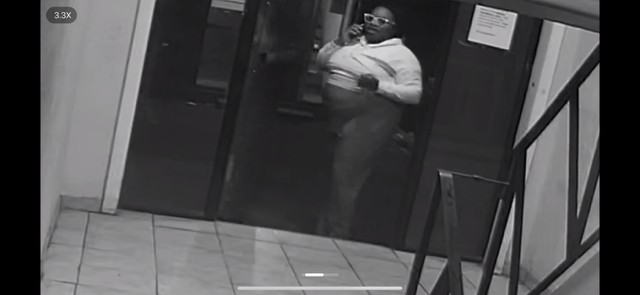Vet Shortage Crisis: California Pets at Deadly Risk
California Pet Crisis: Vets Overwhelmed, Pets at Risk
Introduction: A Silent Paw-demic in California
California, the land of sunshine and opportunity, is facing a silent crisis affecting its beloved furry, feathered, and scaled residents. The shortage of veterinarians is no longer just a statistic; it's a heartbreaking reality impacting the health and well-being of countless pets. Veterinarians across the state are sounding the alarm: they are seeing more diseases and, tragically, more deaths in pets, simply because they don't have the capacity to provide timely and adequate care.
Oceanside Emergency: One Hospital, Immense Pressure
Imagine being the only emergency room for miles. That's the reality for Veterinary Emergency Group, or VEG, in Oceanside. With fewer vets available, the weight of caring for a growing number of pets falls squarely on their shoulders. It's like trying to bail out a sinking ship with a thimble. Can one hospital truly handle the needs of an entire community when resources are stretched so thin?
UC Davis Study: Shelters Struggling to Cope
The problem isn't confined to private practices. A recent UC Davis study paints a grim picture of animal shelters across California. Nearly two-thirds of these shelters are unable to provide even basic medical care due to the lack of available vets. This is a devastating blow for vulnerable animals who rely on shelters for their health and safety. More than half of veterinary positions within these shelters remain unfilled, leaving a desperate need for qualified professionals.
UC Davis' Ambitious Plan: A Drop in the Bucket?
UC Davis, one of California's two veterinary schools, is stepping up to address the shortage. They've raised almost $500 million to expand their facilities, which is fantastic news! But, is it enough? While infrastructure is crucial, it's the human element – the passionate and skilled veterinarians – that will ultimately make the difference. The question remains: can this investment truly meet the overwhelming staffing demands across the state?
The Strain on Veterinarians: Burnout and Beyond
The Pressure Cooker Environment
Dr. Leah Sauerwein, a veterinarian who joined the profession just two years ago, is already feeling the immense pressure. Imagine starting your dream job only to be immediately overwhelmed by the sheer volume of patients and the constant stress of limited resources. It's a recipe for burnout, and it's driving many talented vets away from the profession.
Spring Surge: The Peak of Demand
To add to the pressure, spring is typically the busiest time for veterinarians. More animals are outside, leading to increased injuries, accidents, and exposure to diseases. It's a perfect storm of demand and scarcity, pushing the already strained system to its breaking point. How much longer can veterinarians continue to shoulder this burden before the entire system collapses?
The Impact on Pet Owners: Heartbreak and Difficult Choices
Delayed Care: A Risky Gamble
The shortage of veterinarians isn't just a problem for the animals; it's a heart-wrenching reality for pet owners. When appointments are booked weeks or even months in advance, owners are forced to delay necessary care, potentially leading to more severe and costly health issues down the line. Imagine watching your beloved pet suffer, knowing that help is simply unavailable.
Emergency Room Overload: Waiting for Help
Emergency rooms are overflowing with patients, resulting in long wait times and difficult triage decisions. Veterinarians are forced to prioritize the most critical cases, leaving some pets waiting hours for treatment. This can be the difference between life and death, and it's a burden no pet owner should have to bear.
Rising Costs: A Financial Burden
The increased demand and limited supply have also driven up the cost of veterinary care. Pet owners are now facing higher bills for even basic services, making it even more difficult to provide the necessary care for their animals. Is quality veterinary care becoming a luxury only accessible to the wealthy?
The Diseases on the Rise: What Are We Seeing?
Parvovirus: A Deadly Threat to Puppies
Parvovirus, a highly contagious and potentially fatal disease that primarily affects puppies, is on the rise. With fewer vets available to administer vaccinations, more puppies are susceptible to this devastating illness. It's a stark reminder of the importance of preventative care and the devastating consequences of the veterinary shortage.
Dental Disease: More Than Just Bad Breath
Dental disease, often overlooked, can lead to serious health problems if left untreated. With limited access to veterinary care, many pets are suffering from advanced dental disease, which can impact their overall health and well-being. Dental health is a window to the overall health of the animal, and ignoring it can have severe consequences.
Obesity: A Growing Epidemic
Pet obesity is another growing concern. Overweight pets are more prone to a range of health issues, including diabetes, arthritis, and heart disease. With less time for individual attention and counseling, veterinarians are struggling to address this epidemic effectively. Just as it is for us, maintaining a healthy weight is crucial for a pet’s wellbeing and the lack of accessible care exacerbates this condition.
Finding Solutions: What Can Be Done?
Supporting Veterinary Schools: Investing in the Future
Continued investment in veterinary schools is crucial to increasing the number of qualified veterinarians. Expanding facilities, offering scholarships, and attracting talented students are all essential steps in addressing the shortage. The future of animal care depends on the next generation of veterinarians.
Telemedicine: Expanding Access to Care
Telemedicine offers a promising solution for expanding access to veterinary care, particularly in rural areas. While it's not a replacement for in-person exams, telemedicine can provide valuable guidance, triage cases, and offer ongoing support to pet owners. Is telemedicine the key to bridging the gap in veterinary care access?
Supporting Veterinary Professionals: Addressing Burnout
Addressing burnout among veterinary professionals is essential for retaining experienced vets and attracting new talent. Providing adequate staffing levels, promoting work-life balance, and offering mental health support are crucial steps in creating a sustainable and fulfilling work environment. We must ensure that our veterinary professionals are valued and supported so they can continue to provide the best possible care for our pets.
The Long-Term Consequences: What's at Stake?
If the veterinary shortage isn't addressed, the long-term consequences could be devastating. Increased rates of disease, higher pet mortality, and a decline in animal welfare are all potential outcomes. We cannot afford to ignore this crisis any longer; the health and well-being of our beloved pets are at stake.
Conclusion: A Call to Action for California's Pets
The shortage of veterinarians in California is a critical issue that demands immediate attention. Veterinarians are overwhelmed, animal shelters are struggling, and pet owners are facing heartbreak. We must invest in veterinary education, expand access to care, and support our veterinary professionals to ensure the health and well-being of our pets. The time to act is now. The key takeaways: increased diseases and deaths in pets, significant veterinary shortages, and immense pressure on existing veterinary staff and animal shelters. Addressing these issues is paramount.
Frequently Asked Questions (FAQs)
Q: What are the main reasons for the veterinarian shortage in California?
A: The shortage is due to several factors, including increased pet ownership, an aging veterinary workforce, high burnout rates, and the rising cost of veterinary education.
Q: How does the veterinarian shortage affect animal shelters?
A: Animal shelters are struggling to provide basic medical care to animals due to the lack of available veterinarians, leading to overcrowded conditions and increased euthanasia rates.
Q: What can pet owners do to help during the veterinarian shortage?
A: Pet owners can help by scheduling routine checkups well in advance, being patient with veterinary staff, considering pet insurance, and exploring telemedicine options when appropriate.
Q: What is UC Davis doing to address the veterinarian shortage?
A: UC Davis is expanding its veterinary school facilities, increasing enrollment, and offering scholarships to attract more students to the veterinary profession.
Q: What are the long-term consequences if the veterinarian shortage is not addressed?
A: The long-term consequences could include increased rates of disease, higher pet mortality, a decline in animal welfare, and a strain on the human-animal bond.


